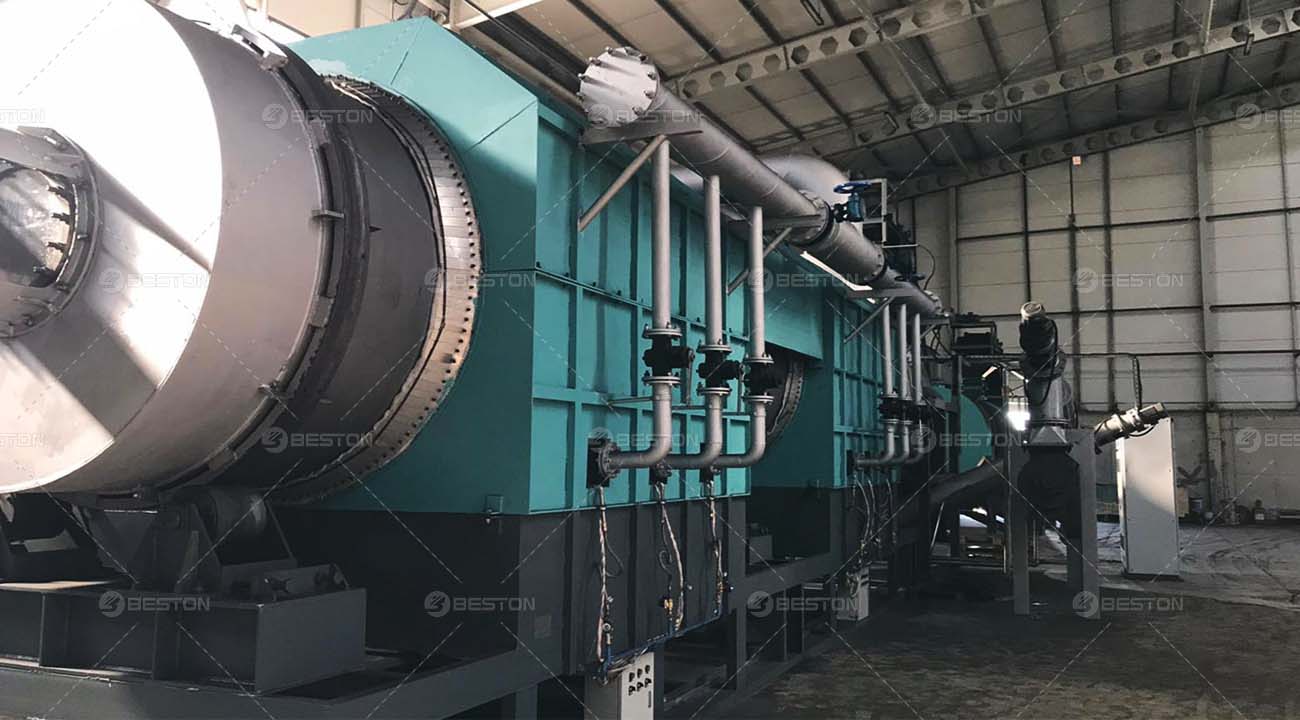Introduction
In an era defined by environmental consciousness, the reduction of carbon footprints has emerged as a paramount goal. Mobile biochar machines, a cutting-edge technology, have garnered attention for their potential to make significant strides in this endeavor. This article delves into the intricacies of carbon footprints, the role of biochar, and how mobile biochar machines are revolutionizing sustainability efforts.
Understanding Carbon Footprint
Defining Carbon Footprint
Carbon footprint is the total amount of greenhouse gases, primarily carbon dioxide (CO2), and other emissions produced directly or indirectly by an individual, organization, product, or event. It serves as a measure of the environmental impact of human activities.
Components of Carbon Footprint
-
Direct Emissions:
- Emissions that result from activities under direct control, such as fuel combustion or industrial processes.
-
Indirect Emissions:
- Emissions associated with the consumption of purchased electricity, heating, or cooling.
-
Scope 1, 2, and 3 Emissions:
- Scope 1: Direct emissions from sources owned or controlled by the entity.
- Scope 2: Indirect emissions from purchased energy.
- Scope 3: Indirect emissions from sources not owned or controlled by the entity, such as supply chains and transportation.
Biochar and its Role
Introduction to Biochar
Biochar is a highly porous, stable form of carbon produced through the pyrolysis of organic materials, like biomass or agricultural residues. It has gained recognition for its ability to sequester carbon and improve soil health, making it a valuable tool in carbon footprint reduction.
Biochar Production Process
-
Pyrolysis:
- Biomass is heated in the absence of oxygen to convert it into biochar.
- This process also generates bio-oil and syngas, which can be used for energy.
-
Activation:
- Biochar can be activated to enhance its adsorption properties, making it effective in various applications.
Carbon Sequestration Potential of Biochar
Biochar acts as a carbon sink, locking carbon in a stable form for hundreds of years. When incorporated into soils, it enhances soil carbon content and reduces CO2 emissions, contributing to carbon footprint reduction.
Mobile Biochar Machines
What are Mobile Biochar Machines?
Mobile biochar machine is compact and versatile units designed to produce biochar on-site, using locally available biomass resources. Their portability enables them to address carbon footprint issues in diverse settings.
Portability and Versatility
These machines can be easily transported to locations where biomass resources are abundant, such as agricultural fields, forestry sites, or areas affected by natural disasters. Their versatility allows for on-demand biochar production.
Integration with Sustainable Practices
Mobile biochar machines align with sustainable practices by promoting the use of renewable biomass resources. They provide a practical solution for converting agricultural residues, forestry waste, or invasive species into valuable biochar.

Reducing Carbon Footprint with Mobile Biochar Machines
Capturing Biomass Resources
Mobile biochar machines utilize readily available biomass resources that would otherwise decompose or be discarded, releasing CO2 into the atmosphere. This process effectively converts biomass waste into a valuable carbon sink.
Carbon Sequestration and Soil Improvement
When biochar is incorporated into soils, it not only sequesters carbon but also enhances soil structure, nutrient retention, and water-holding capacity. This translates into improved agricultural productivity and reduced carbon emissions.
Mitigating Greenhouse Gas Emissions
By diverting biomass from open burning or decomposition, mobile biochar machines mitigate the release of methane (a potent greenhouse gas) and carbon dioxide, contributing to greenhouse gas emission reduction.
Case Studies and Real-world Applications
Agriculture and Soil Enhancement
Mobile biochar machines have been successfully deployed in agriculture to enhance soil fertility, reduce the need for chemical fertilizers, and sequester carbon in agricultural soils.
Forestry and Wildfire Management
In forestry, these machines can convert invasive plant species and forest residues into biochar, reducing the risk of wildfires and promoting forest health.
Carbon Offset Projects
Mobile biochar production is gaining traction as a component of carbon offset projects, allowing companies and organizations to offset their carbon emissions effectively.
Future Prospects and Conclusion
Technological Advancements
Ongoing research and innovation in mobile biochar machine technology are expected to improve efficiency and broaden their applicability.
The Expanding Role of Mobile Biochar Machines
The biochar production equipment holds immense potential for reducing carbon footprints in diverse sectors, from agriculture to disaster recovery.
Nurturing a Sustainable Future
As we strive to reduce our carbon footprints and combat climate change, mobile biochar machines offer a tangible and innovative solution. Their ability to capture carbon, improve soils, and address environmental challenges marks them as a powerful tool in our pursuit of a sustainable future.

Comments
No comments yet. Be the first to react!